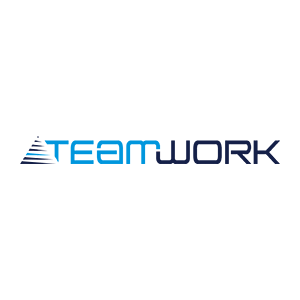External asset managers (EAM) and trustees have until the end of 2022 for complying, the next months will be busy!
A survey has been launched by several industry players, supervisory bodies, banks, professional associations of independent asset managers such as SAIFA, the Swiss Association of Independent Financial Advisors, and the companies TeamWork and Wecan Group.
This survey for asset managers and trustees aims to simply and accurately assess their understanding of the new standards, their level of preparedness for the implementation of LEFin, as well as their estimates of the financial impact.
Sixteen months have passed since the entry into force of the FINIA obligations, which is just shy of half of the three years given to EAMs and Trustees to obtain the FINMA authorisation demanded by the article 74 section 2.
From the FINMA annual report 2020 it emerges clearly that only a minority of authorisations have been granted at the moment. This is consistent with the information collected by the regulator during the “announcement” process.
Under the first section of the aforementioned art. 74, FINMA required EAMs and Trustees to announce themselves and declare when they planned to submit the authorisation request.
Perhaps unsurprisingly, most of them (1434, 60 %) announced that they will file the request in 2022 last year available, while 684 (28%) announced that they would have target 2021 and only 284 (12%) indicated 2020 as submitting year for the request.
Submerged by requests, FINMA, the surveillance organisms and professional advisors risk to face a bottleneck, especially during the second half of 2022.
This “last-minute rush” for the authorisation might disturb the usually orderly operations of the Swiss financial sector, as the process for obtaining the authorisation is not limited to a simple request.
The affiliation to a Supervisory Organisation and the application to FINMA for obtaining the authorisation, are indeed time consuming administrative tasks. The underlying work required, however, is even more cumbersome. Before being eligible for an authorisation issued by the regulator, the external asset managers need to carry out a considerable amount of work upstream.
Applicants are in fact required to adapt their internal organisation according to the law, and noticeably the art.21 FINIA, appropriately titled “ Risk management and internal control” has a key role in defining the prerequisites.
Entities have to appropriately define a risk management system in place as well as an effective internal control structure to ensure, among other requirements, compliance with legal and internal provisions. That means being able to prove to have covered, under a risk, control and compliance perspective, delicate subject such as wealth management, cross-border activities, market conduct and business continuity.
Currently, most of the actors have internal control and risk management functions that are lacking or even non-existent and now have to be built before the end of next year.
These procedures have not only to be assembled, but also maintained. This is especially true as auditors, mandated by the Supervisory Organisation, will monitor and verify that all the internal procedures created on paper are effectively implemented.
On top of that, the complexity and sensibility of these subjects are such that, in fact, specialists are required with unavoidable professional services fees. An increase in complexity, and therefore costs, both in the short and long term.
Additional processes and controls require a well organised structure. Under an administrative standpoint, organisations will become “heavier” and ramified. The additional recurrent internal workload and audit fees will have asymmetrical impact across the market.
Fixed structural cost will be more difficult to sustain for small organisations with fewer assets under management. Their business model will be impacted and a barrier for the entry of new actors will be raised.
In view of the important ramifications of the LEFin, the understanding of the regulatory and financial impacts, in the short and long term, is essential for the market operators. Hence the importance of such a study which will be distributed to members of the main supervisory bodies, professional associations such as SAIFA, the Swiss Association of Independent Financial Advisors, and compliance solutions such as Wecan Comply.
All readers that might be interested can participate or get in contact to remain informed.
Article wrote by Carlo Pinna (TeamWork) & David Delmi (Wecan Group)


